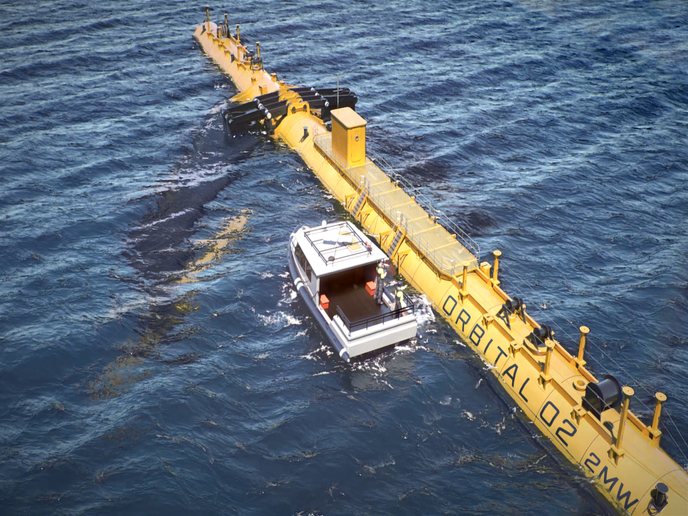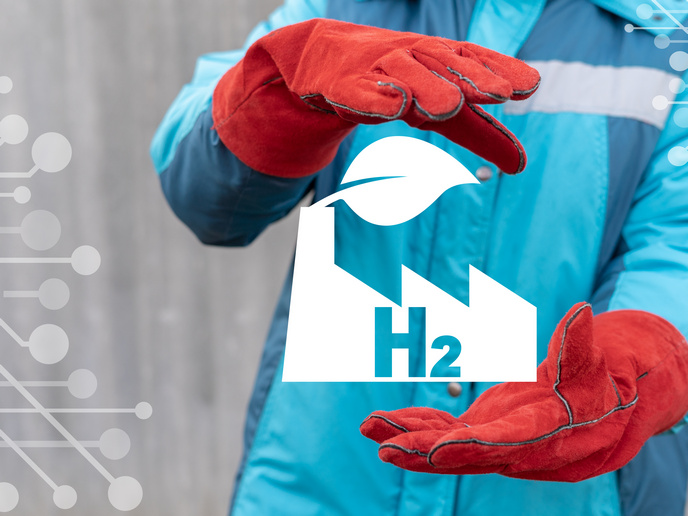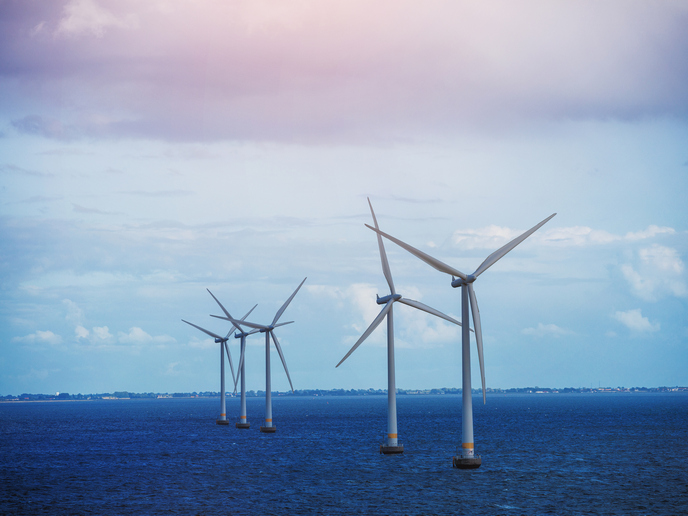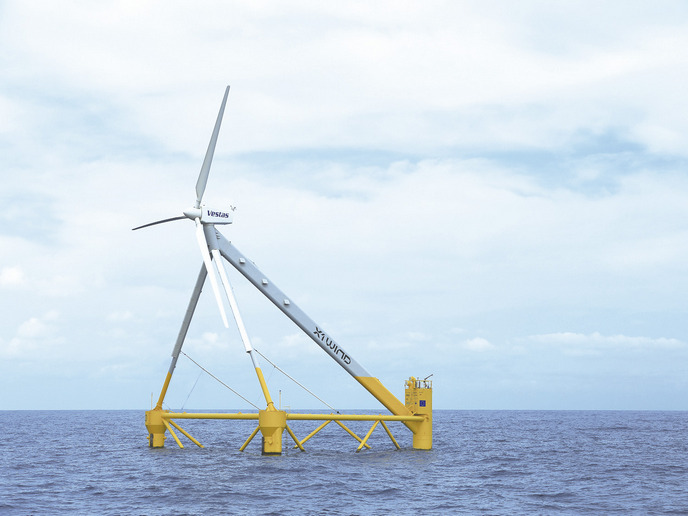Cost-efficient, high-performance tidal technology soon coming to Orkney, Scotland
Supported under the Horizon 2020 FloTEC (Floating Tidal Energy Commercialisation project) project, the O2 is a wonder of tidal technology. It offers greater energy capture and reduces the cost of floating tidal energy to less than EUR 200 per MWh. “Our ambition was to provide more energy at a lower cost,” says James Murray, programme manager at Orbital. “Innovations include 20 m rotor diameter blades – which increase yield by up to 50 % – as well as a range of design innovations to ensure that all systems are highly accessible on-site for low-cost maintenance. It will be the first time this has been achieved for a tidal energy turbine at large scale.” FloTEC is providing EU funding for the commercialisation of this new technology to the tune of EUR 10 million. It is also developing a range of associated supply chain innovations and research activities. Whilst engineering began in 2016, it builds upon a long-term development programme started in 2002. Recently, the company tested a 2 MW prototype, the SR2000, which generated over 3 200 MWh of electricity. “We at Orbital have always believed that the key enabling technology for tidal stream energy is the platform. We have therefore developed a highly optimised solution that ensures safe installation, access and maintenance of all generation subsystems. Operators can use small, low-cost, locally based workboats for all operations even at commercial unit scale,” Murray explains.
A long-term demonstrator
The FloTEC project is scheduled for completion in February 2021. The new design meets all project objectives related to cost reduction. The turbine is currently under construction, with efforts involving a pan-European supply chain. When completed, the Orbital O2 turbine will take the form of a 72-metre-long floating superstructure. It will support two 1 MW turbines for a nameplate power output (or to put it another way, the intended full-load sustained output) of 2 MW, at a tidal current speed of 2.5 m/s. Thanks to rotor diameters reaching 20 m, it will boast a 600 m2 rotor area, the largest ever seen on a single tidal energy generation platform. Power will be exported from the turbine via EMEC’s subsea cable and onshore substation, and will feed the national grid on the archipelago of Orkney when fully operational. During tests carried out there until 2018, the SR2000 provided up to 25 % of the Orkney Islands’ electricity requirements. Orbital aims to launch its O2 in the latter half of 2020. “We are planning to fit in as much operation and on-site validation as possible before the end of the FloTEC project. Either way, the O2 will run as a ‘demonstrator’ for over 15 years, ensuring that a highly detailed long-term dataset on power performance, component reliability and environmental monitoring is compiled,” Murray concludes. In the long run, Orbital hopes its O2 will turn out to be a key enabling technology for the tidal energy sector. It will, undoubtedly, be a benchmark for stakeholders looking for low-cost tidal energy and future-proof design.
Keywords
FloTEC, Orbital, tidal turbine, demonstrator, tidal energy, floating superstructure, Orkney, O2







